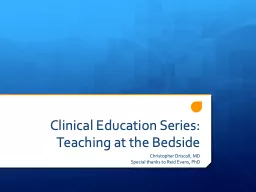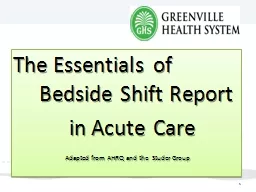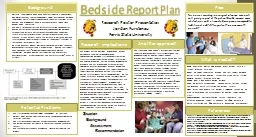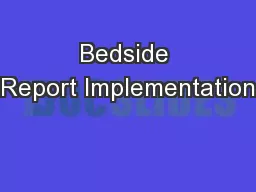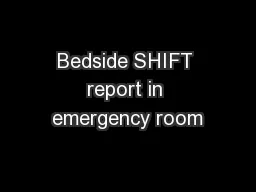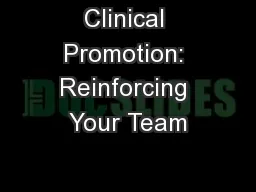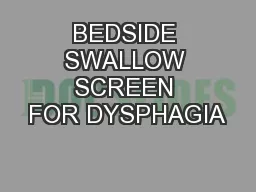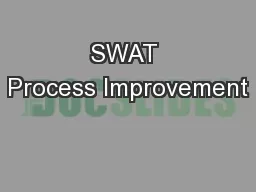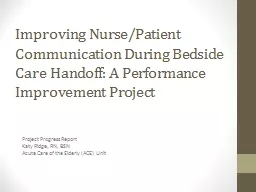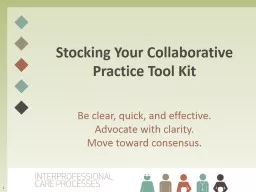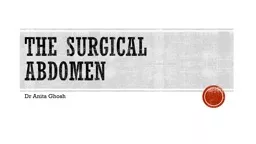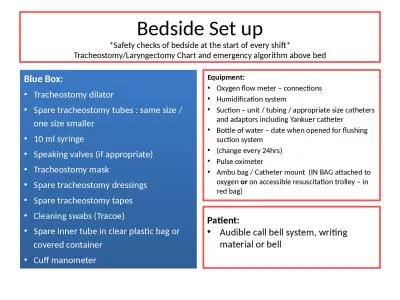PPT-Clinical Education Series: Teaching at the Bedside
Author : StarDust | Published Date : 2022-08-04
Christopher Driscoll MD Special thanks to Reid Evans PhD Purpose Bedside teaching is an essential competent medical education though its emphasis seems to be declining
Presentation Embed Code
Download Presentation
Download Presentation The PPT/PDF document "Clinical Education Series: Teaching at t..." is the property of its rightful owner. Permission is granted to download and print the materials on this website for personal, non-commercial use only, and to display it on your personal computer provided you do not modify the materials and that you retain all copyright notices contained in the materials. By downloading content from our website, you accept the terms of this agreement.
Clinical Education Series: Teaching at the Bedside: Transcript
Download Rules Of Document
"Clinical Education Series: Teaching at the Bedside"The content belongs to its owner. You may download and print it for personal use, without modification, and keep all copyright notices. By downloading, you agree to these terms.
Related Documents

